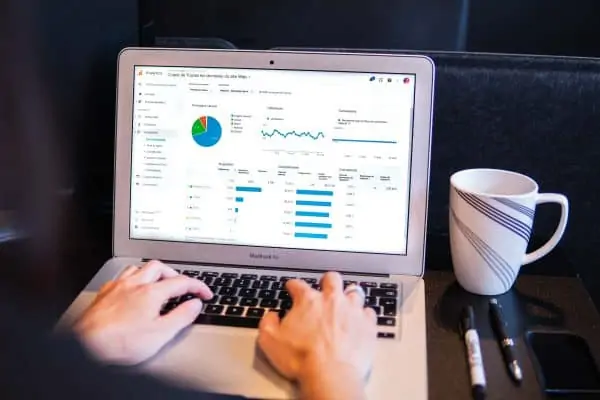
Recently, UTM tracking and Google Analytics are frequently discussed by many people. Some marketers even say that these tools can replace Facebook report to optimize your ads. But is that true? Let’s find out the answer in today’s article!
Why should you use UTM Tracking and Google Analytics?
Firstly, you can say that Google Analytics can track sales for your eCommerce store and provide you with 99.9% accurate data. More importantly, its tracking is not affected by iOS 14. Wow, sounds amazing, right? So what are you waiting for but to use it right away?
Hold on! The tracking mechanism of Google Analytics is the Last Click Model, which means it only records the sale from the last click from Ads. Let’s say a person clicks on your Facebook Ads, goes to your store, then leaves. And the day after, they search for your brand on Google, then click on your Brand Ads Link and place an order. What happens is that the Credit Sale will be credited to Google Ads, not Facebook Ads. But Facebook still credits this sale itself.
A bit confusing, isn’t it? Then why you should use it? Fortunately, for POD, most conversions happen quickly and within a day. So Last Click Model still fairly matches with actual data. And you can use it to track Ads metrics with the help of UTM Tracking.
So what is UTM Tracking?

Simply put, it’s like a card. You fill in the information you want to track on the card and then attach that card to your Ads. When the user clicks on your Ads, we will know which Ads that is, from which campaign, and which ad set, something like that.
For example, you can add the information about the campaign, source traffic, ad set and attach it to your ads with variables. Then these variables will be reported in Google analytics. But users have to take action. They need to buy products in that session, then the tracking will be accurate. If they act after a few days or they click on Ads with a different UTM tag, things are different!
Therefore, you can see that UTM Tracking & Google Analytics will match with one-day click optimization of Facebook Ads.
Should you use UTM Tracking?
Yes. As UTM tracking gives you another view of Data and helps you a lot in decision making. It shows the effectiveness of tracking your marketing program value. It also helps you measure ROI. The data about conversion and traffic sources provided by UTM Tracking is accurate. And lastly, it supports you in split testing of the individual posts.
When should you use UTM Tracking?

With the effect of IOS14, using UTM code as an extra tool to track your data is necessary. You can use UTM anywhere on many marketing channels from social media, email marketing, and so on. It may take you extra time to create UTM code on your ads but the results are worth it. You can tell what marketing channels have the best performance, and what content is most effective on each platform.
But how you can build UTM code in Google Analytics? You can open Google’s Campaign URL Builder, then fill in the form by adding the URL, Campaign, Source, and Medium information, then use the link in your ad campaign.
Remember to record your links in a note or a spreadsheet so that you and your team can track them all. And keep in mind that the final goal of your campaign is sales, not just tracking numbers. So what you should do after getting the tracking data is that you could connect the data with CRM. Then you will have an overview of how effective your marketing channels are at the end of the day.
Final word
There are many elements that contribute to your success. They are an outstanding dropshipping agent, great products, good customers service, and one of the most important, effective marketing. In an era with many changes happening every day, it’s necessary to learn new tips and new tools constantly. The good news is that now you know why and how to use UTM tracking to track data and support your ads campaign. Hope this article will provide educational and useful information to better manage and grow your business!

Pingback: The Ultimate Guide To Content Distribution For Content Marketers (2022) – Sourcing Agent Dropshipping News